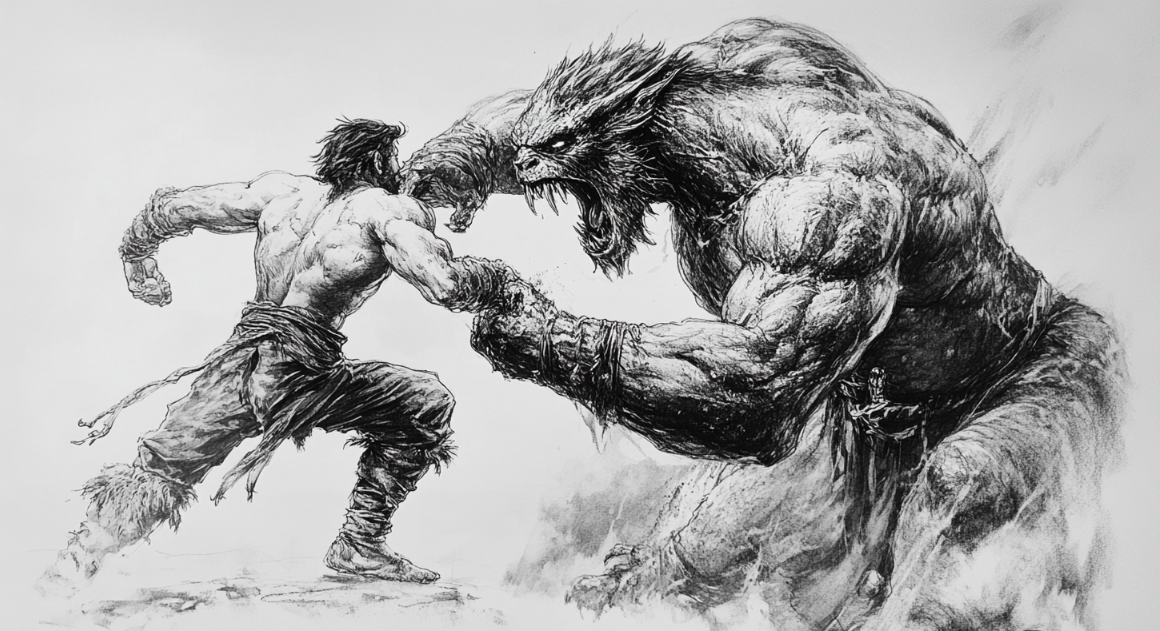The Babylon Bee had a great bit where a husband is complaining that his wife wants to have a deep conversation but she won’t even listen to his podcast.
That’s essentially the message of “Nobody Wants to Read Your Sh*t” by Steven Pressfield.
Let’s break down what’s going on with this fictional married couple. The husband feels that he’s saying lots of deep and important things on his podcast, and if his wife really wanted to share those things with him, she’d listen. From her perspective the podcast is boring. Or it’s not in her love language, or one of those pop-culture excuses.
But that’s not it. The wife doesn’t listen to the podcast because the husband isn’t expressing those allegedly deep and important thoughts so that they resonate with his wife. Also, she wants to be special, not just somebody in the audience.
Now let’s step back from the wife and ask why does somebody – the wife or anybody else – want to listen to a podcast, or read a blog, or the latest version of the great American novel? The reader wants something interesting. Compelling. Fun. Inventive. Not boring. Something that’s a better use of her time than some popular TV show.
Writers (and podcasters) have to create content with some empathy for their audience.
Here’s the hard truth. Nobody, except maybe your mother, gives a hoot about your product, your podcast, your book, your blog, or anything else, unless it has some benefit for them.
Creators have to give the reader what they crave, and what they crave – whether they know it or not – is content that follows certain rules. Here’s a summary of those rules.
First, you need a concept and a theme.
The concept is what the story is about at a high level, such as “Scientists bring dinosaurs back to life and then lose control of them.” It should put the idea in a context that makes the reader / viewer see it with fresh eyes.
A theme is the deeper meaning, like “the dangers of playing God and tampering with nature.”
Second, you need a beginning, a middle, and an end. Or, in other words, a hook, a build, and a payoff.
Third, there has to be an inciting incident that starts the story and grabs the listener’s attention.
Fourth, there has to be a hero and a villain. The villain dominates the second part of the story, building tension, suspense, what’s at stake, and so on
Fifth, there has to be a resolution where the hero wins against the forces of darkness.
There’s a lot more in the book, and if you’re in the content creation business I recommend that you read it. Unlike most business books, it’s short and easy to read.




